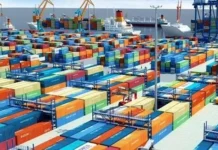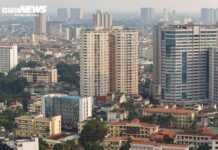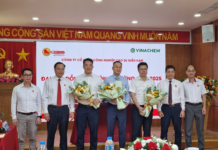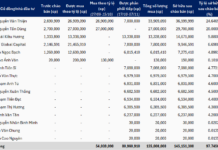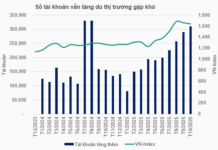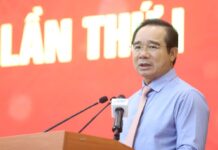
Since the Renovation period (1986), Vietnam’s economy has undergone a remarkable transformation. It has evolved from a low-income country with an average income of approximately $95 USD to a lower-middle-income country with an income of $4,180 USD in 2023, according to the World Bank. With 16 free trade agreements in force and over 60 partners, Vietnam has become one of the top 20 countries in the world in terms of international trade, a stark contrast to its pre-1986 image as a closed and isolated economy.
Continuing on its development journey, the 13th National Congress (January 25 – February 1, 2021) set more ambitious goals. By 2045, Vietnam aims to become a developed country with high income. Additionally, at the COP26 conference, Vietnam committed to achieving net-zero emissions by 2050, alongside 147 other countries.
Facing these lofty goals, Vietnam also possesses several advantages for its development. The country is becoming an attractive destination for foreign investors due to its young and skilled population. Its favorable geographical location, coupled with proactive economic diplomacy, has created numerous opportunities, attracting many “big players” to choose Vietnam for investment and cooperation.
However, to convert these opportunities into tangible benefits for Vietnam, according to Professor Nguyen Duc Khuong, Chairman of AVSE Global and Executive Director of EMLV Business School (Paris, France), the top priority is infrastructure development, encompassing both hard and soft infrastructure.

In the immediate future, there is a need to build hard infrastructure to connect ports, warehouses, and roads, addressing issues related to transportation, power supply, and water provision. These are essential requirements for large corporations to establish their production bases in the country,” shared Professor Nguyen Duc Khuong. He added that despite the signing of numerous memorandums of understanding on investment, if the actual conditions and infrastructure do not meet expectations, investors may hesitate to make decisions.
The Provincial Competitiveness Index (PCI) report by the Vietnam Chamber of Commerce and Industry (VCCI) over the years has indicated that the quality of infrastructure is not yet a comparative advantage for Vietnam in the eyes of foreign investors when considering investment destinations, although there have been improvements in recent years.
To meet the investment demands in socio-economic development amid limited state budget resources, many countries worldwide have chosen to attract the private sector to participate in socio-economic development, especially in infrastructure development through public-private partnerships (PPP). This approach is particularly meaningful for developing countries, as PPP supports necessary investments without increasing public debt, thereby promoting projects, especially infrastructure projects, in conditions where social resources and capital need to be mobilized.
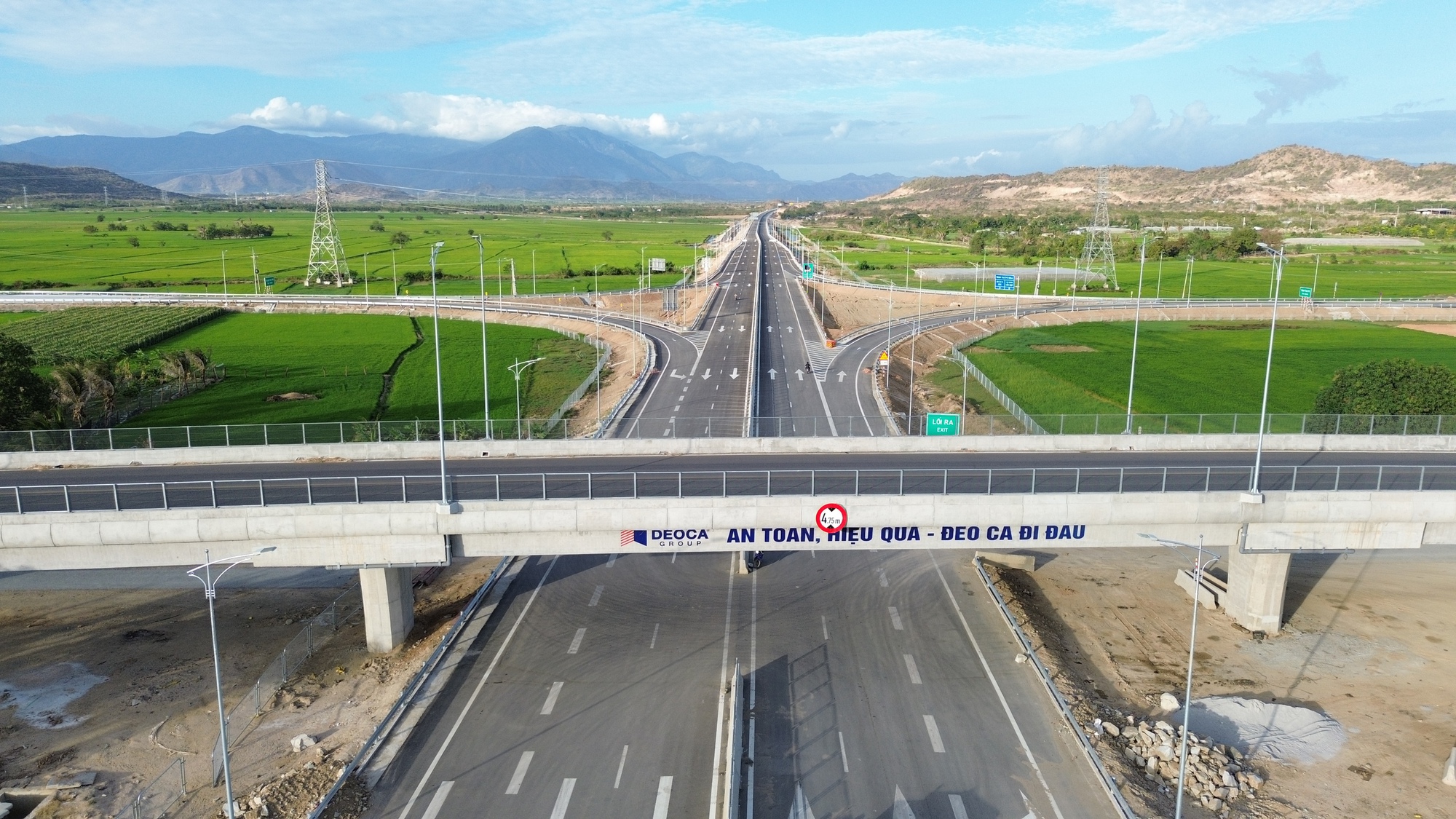
Collaboration between the public and private sectors can leverage the strengths of both parties. The private sector can contribute its experience, skills, modern technology, and management capabilities. Additionally, the involvement of the private sector is considered one of the effective ways to implement sustainable development activities and enhance competitiveness.
In the past, Vietnam’s private sector has contributed significantly to the investment and development of the country’s transport infrastructure. Many new infrastructure projects, especially expressways and road tunnels, have demonstrated the effectiveness of the PPP model, providing better transportation options for people and boosting local economies.
Notable examples include sections of the Bac Giang – Lang Son, Trung Luong – My Thuan, Nghi Son – Bai Vot, and Cam Lam – Vinh Hao expressways as part of the North-South Expressway Phase 1, along with a series of large tunnels running through central Vietnam, such as Co Ma, Cu Mong, and Hai Van 2 tunnels connecting Thua Thien Hue and Da Nang; the Vinh Phuc Inland Container Depot (ICD); and the Bach Dang Bridge on the Ha Long – Hai Phong expressway, all of which have benefited from private sector investment.
In recent years, the Prime Minister has also issued a series of decisions approving the policy and investors for construction and business infrastructure projects in industrial parks nationwide, and the private sector has played a significant role in developing this infrastructure.
However, there are still institutional, policy, and implementation challenges that hinder the attraction of private investors in certain sectors. A notable example is the aviation industry, which has been challenging to attract private investment. Aviation experts suggest that private investment in this sector lacks a clear path, meaning investors are unsure of the administrative and investment procedures, and local authorities may not know how to implement socialization schemes. For an airport project, the payback period can be more than 40 years, and out of the airports operated by ACV, only 6 are profitable, while 16 are operating at a loss.
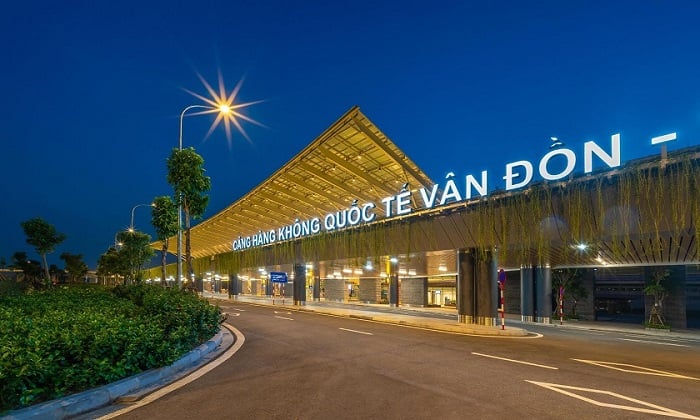
After a decade of discussing aviation socialization, Vietnam has only two PPP projects: Van Don International Airport and Quang Tri Airport. T&T Group’s investment in Quang Tri Airport is a positive signal. Before this, after more than five years of operation, Van Don Airport – the first PPP airport project – remained the only successfully implemented airport project under this model. Although Sa Pa Airport construction began over two years ago, after two rounds of bidding, there are still no investors. Local authorities attributed this to the massive capital required for airport infrastructure investment and the long payback period, making investors cautious, especially due to the impact of the Covid-19 pandemic and challenges in the real estate sector.
While infrastructure investment remains a “narrow gate” for private investors, there are still investors interested and determined to take on the challenge.
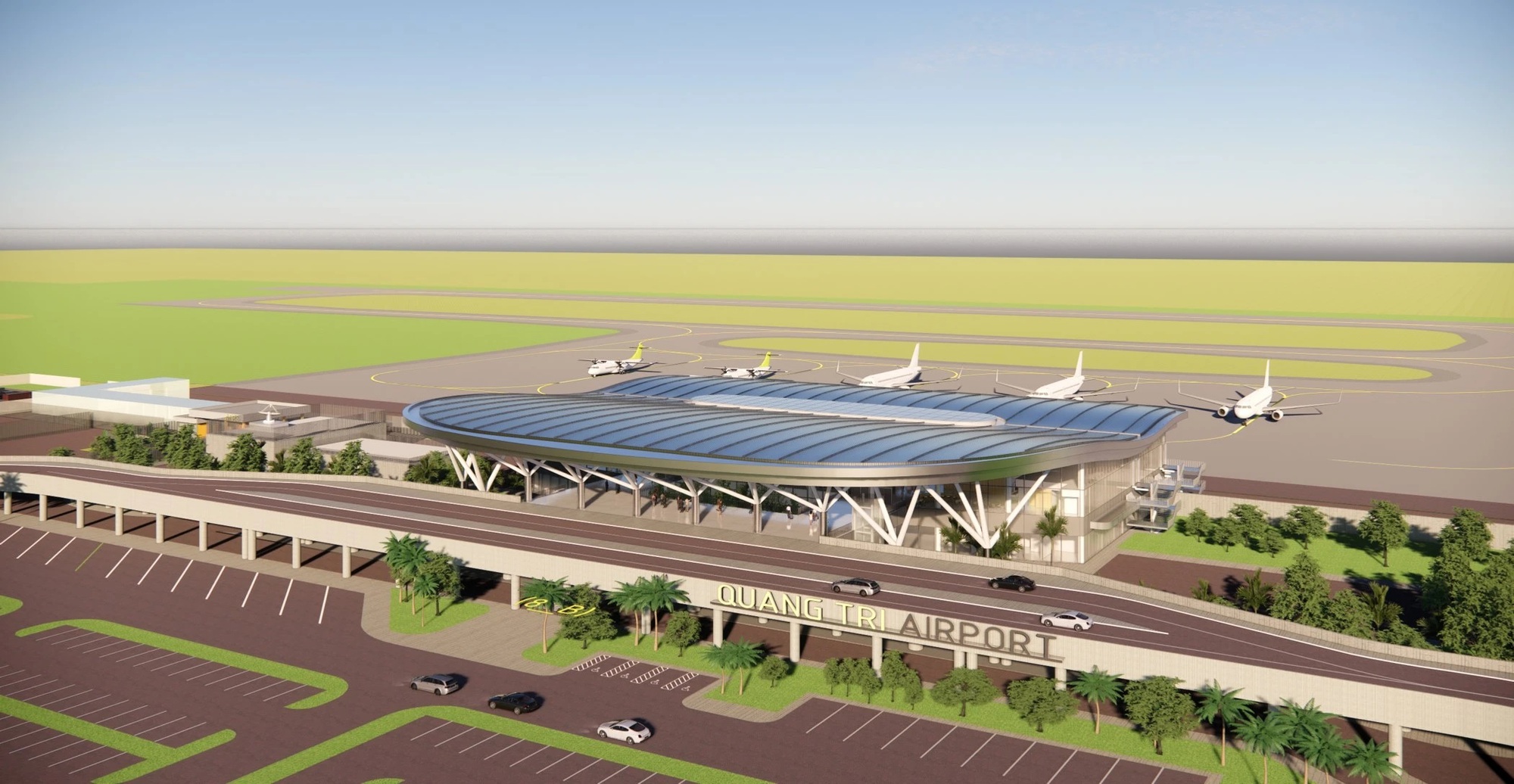
“Investing in infrastructure is still a challenging equation for private investors, as there are many issues that need to be addressed. However, along with Quang Tri Airport and a series of other infrastructure projects that we are promoting and interested in investing in, T&T Group always demonstrates our determination when assigned to implement projects. We aim to work with the government and local authorities to find the best path to realize these projects,” affirmed Mr. Do Quang Hien, Founder and Chairman of the Strategy Committee of T&T Group.
According to Edward Clayton, Deputy General Director and Leader of Project Advisory Services and Infrastructure at PwC Vietnam, the participation of the private sector is also crucial for developing sustainable infrastructure, especially in areas with limited public resources. With their financial resources, expertise, and capabilities, private entities can help bridge the infrastructure gap and support the transition towards sustainable development.

Meanwhile, Professor Tran Dinh Thien, former Director of the Vietnam Institute of Economics, stated, “If we support private enterprises by creating conditions for them to participate in important projects, these enterprises will demonstrate excellent results.”
Attracting Private Enterprise Investment for Infrastructure Projects
“Government agencies will take on board the recommendations of businesses to improve legal regulations and facilitate their growth. This includes their participation in investment projects for the development of transport infrastructure.”





